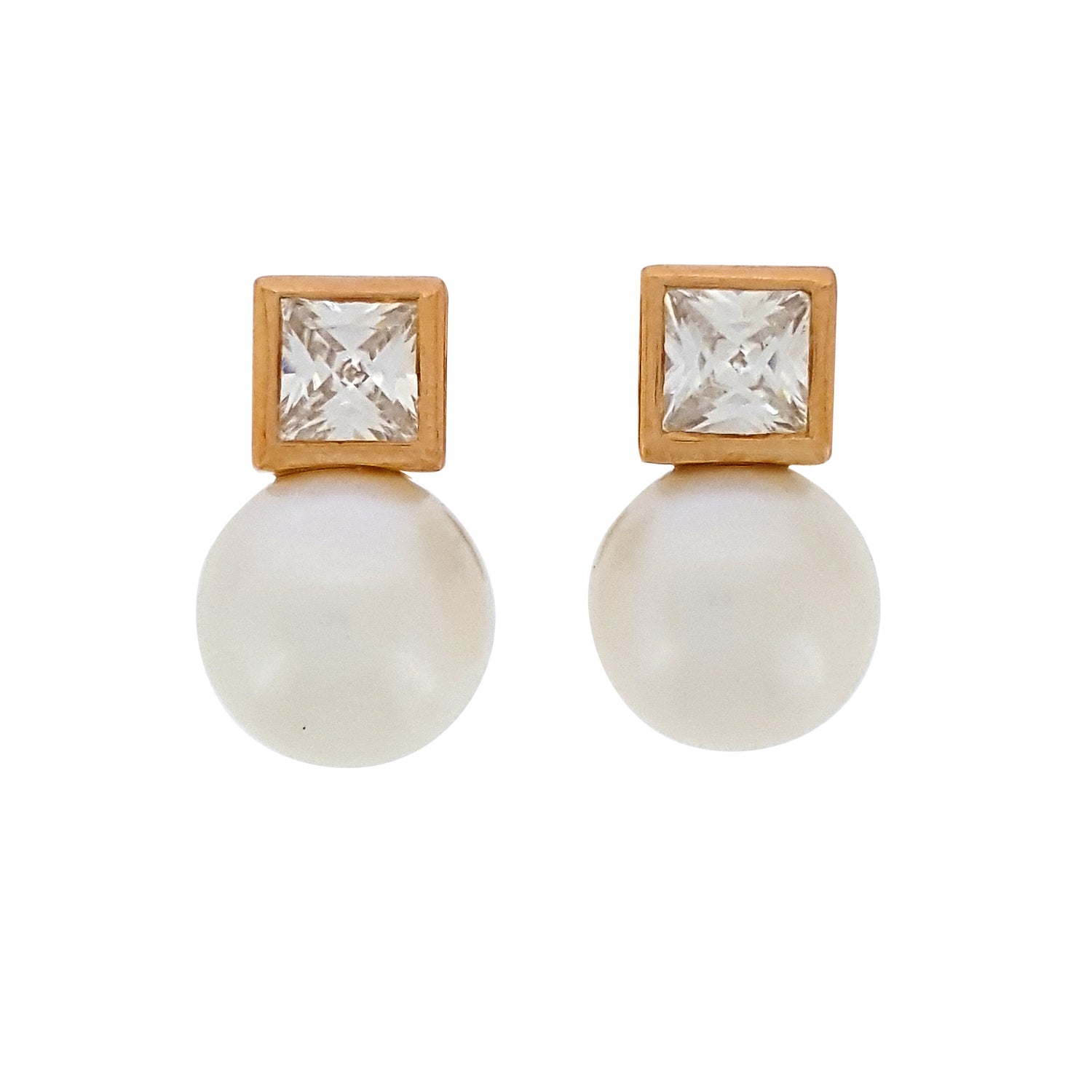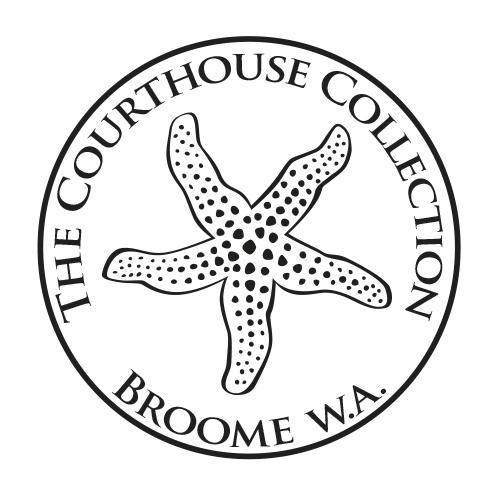What is a Pearl?

By definition a pearl is a calcareous (calcium carbonate known as nacre; nay car) body composed of concentric layers around a central nucleus and formed by a living mollusc.
A more scientific view says a pearl is made of hexagonal calcium carbonate crystals in a form known as “aragonite”. These crystals are held together with a protein called “conchiolin”. A pearl also contains 2-4% water.
HOW IS A PEARL FORMED?
A pearl is formed when a mollusc cannot expel an irritant from with in its body and hence coats it with layers of nacre to protect itself. Nacre is the substance its shell is made of. The part of the animal that makes nacre is called the mantle tissue. A pearl can also form when a fragment of mantle tissue is dislodged (through injury) into the soft body of the animal, the tissue proliferates and secretes nacre internally. Pearls can be found in Oysters, Mussels, Conch Shell, Clams, and Abalone.
NATURAL OR CULTURED?
You cannot tell the difference between a cultured pearl and a natural pearl just by looking at it. They are both made by the same animal, and of the same substance - nacre. The difference lies in how the pearl started. A natural pearl is formed as an accident of nature and is found in a wild mollusc, where as a cultured pearl is created through the intervention of man.
The irritant in the case of a natural pearl is usually a parasite or floating debris and contrary to popular belief was hardly ever a grain of sand.
A natural pearl may be found in as little as one in every 10 shell, however the odds of finding a gem quality natural pearl are as high as one in every 5,000 to 10,000 shell.
Natural pearls are not readily available on the open market and are typically sold through auction houses, hence you should proceed with caution if purchasing one. Antique jewellery with good providence is another reliable source of natural pearls.
A natural pearl is formed as an accident of nature in a wild animal. Pearls can be found in Oysters, Mussels, Conch Shells, Clams and Abalone.





A cultured pearl is created through the intervention of man.
FAKE PEARLS
Fake, faux or imitation pearls have been around for over 100 years. Perhaps the most famous are the Majorca pearls of Spain and more recently the “shell based” pearl, with its deceiving name has come to prominence. An imitation pearl is generally made of a material with some “heft” like glass or ceramic and then coated with a shiny paint. This paint is usually made with ground up fish scales to give it its pearly appearance.
How can you tell a fake from a real pearl? A real pearl when nibbled on is gritty on the teeth and a fake is perfectly smooth.

Shell based Pearls are fake Pearls.

